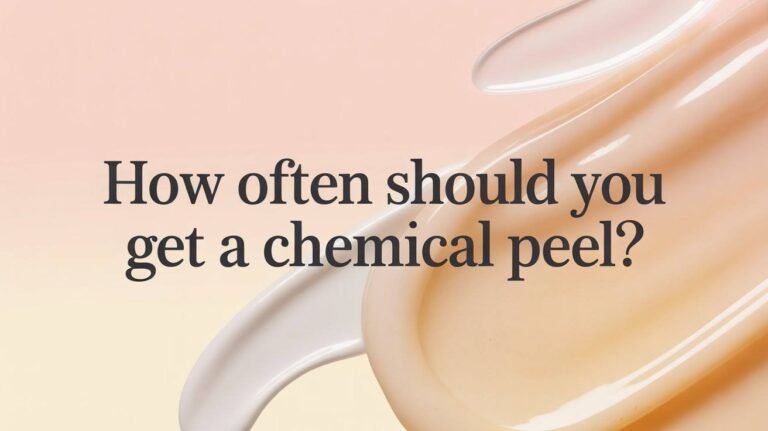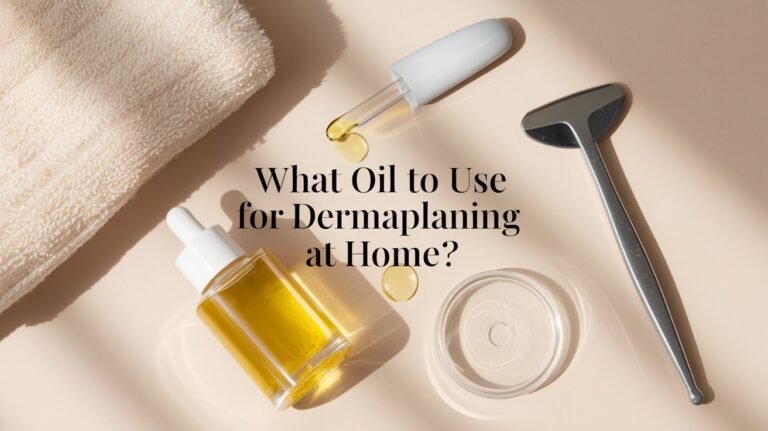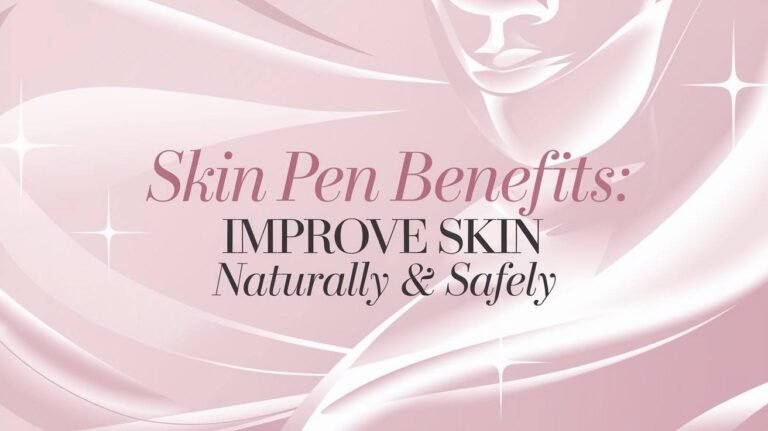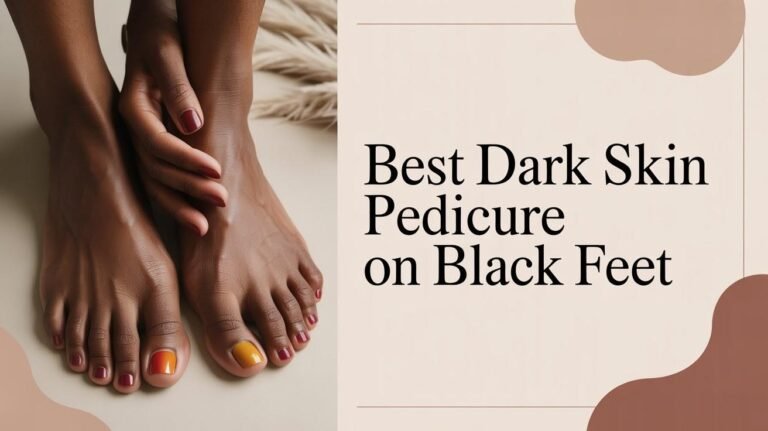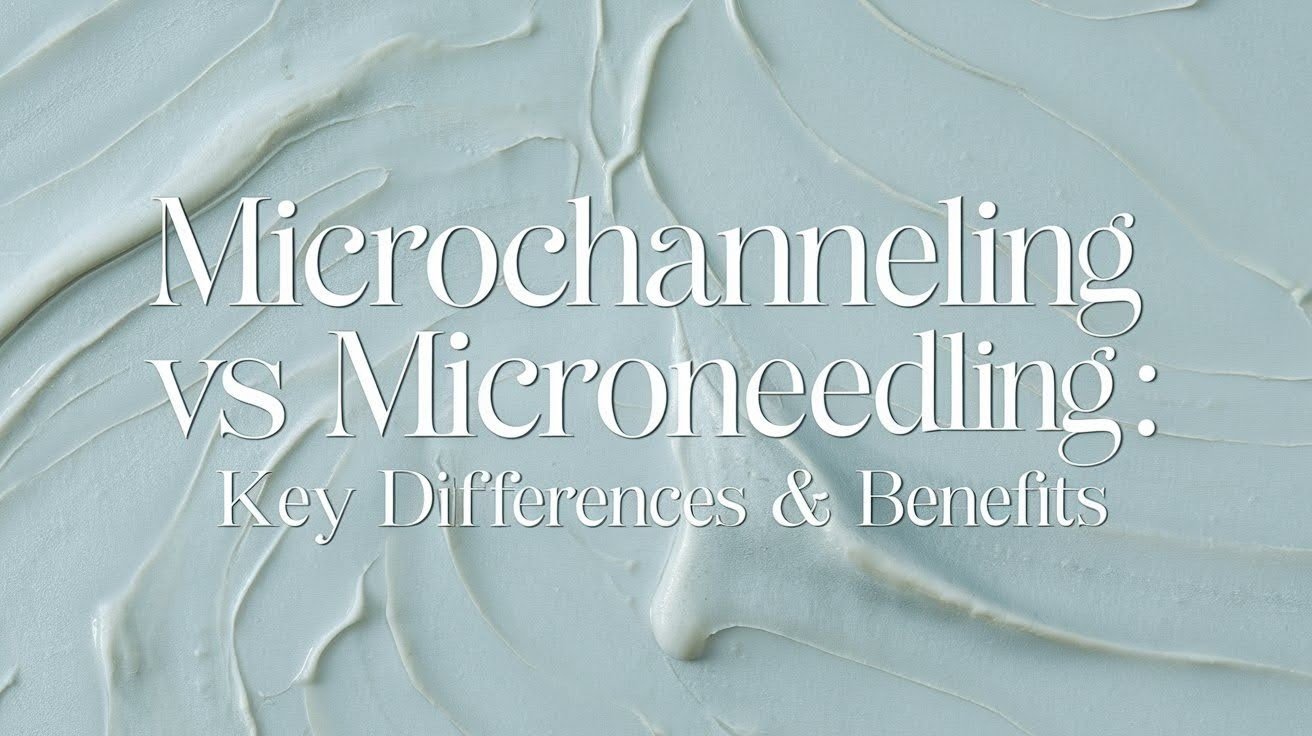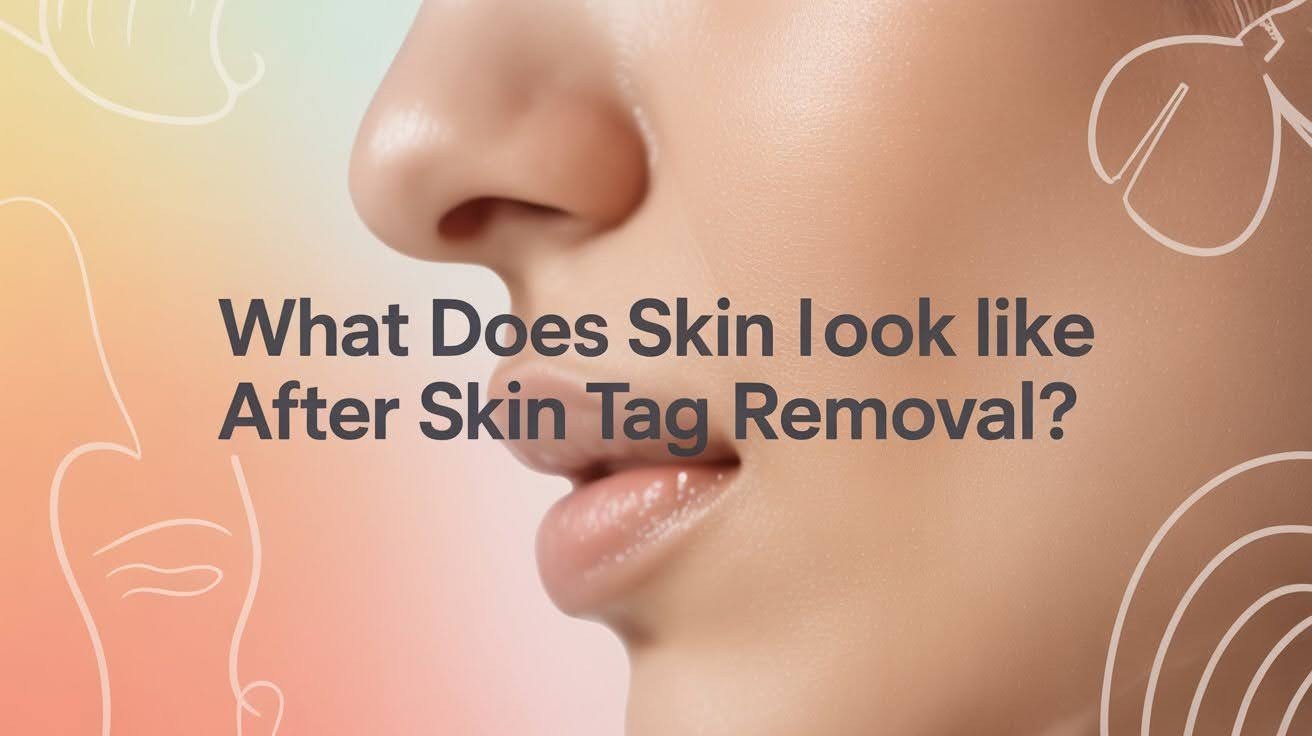Vitamin C Breakout: Causes, Risks & Tips
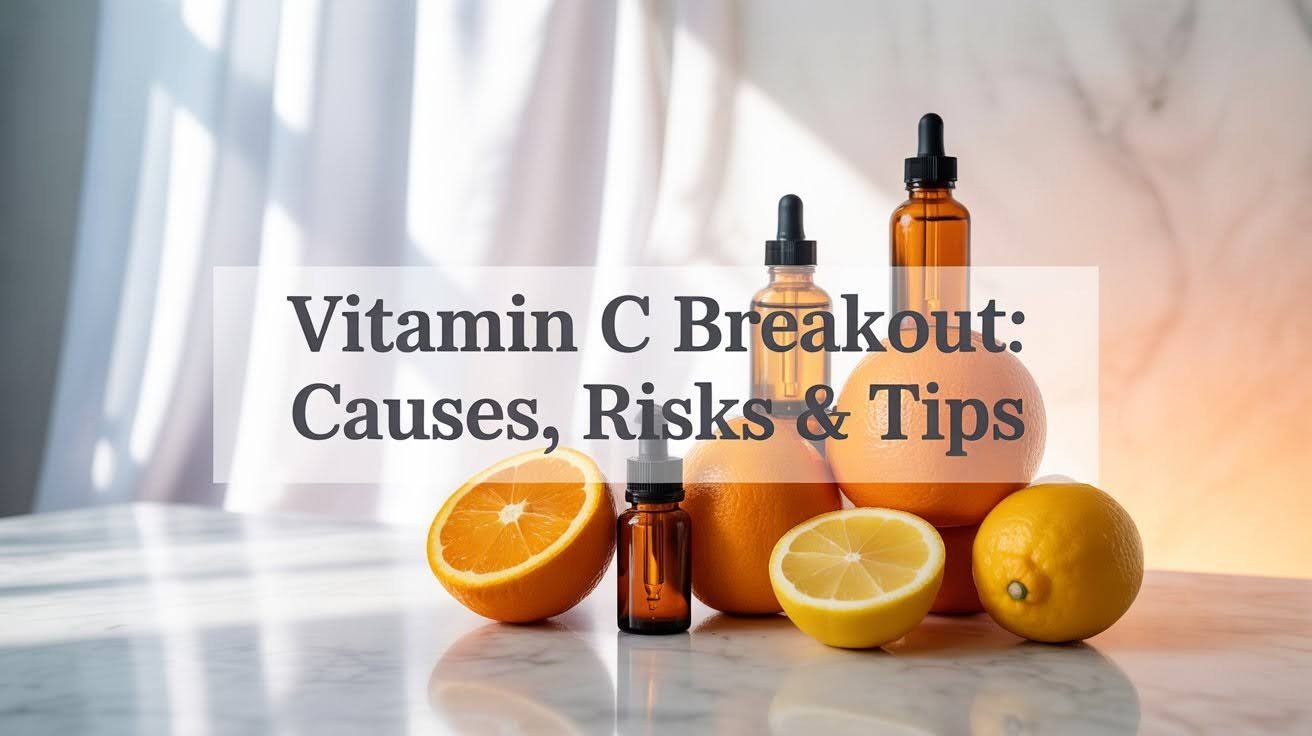
Have you noticed new pimples after starting Vitamin C? You’re not alone. Many people experience a vitamin C breakout when they first add this ingredient to their routine.
This article will show you exactly why this happens and how to fix it. I’ll walk you through the real causes, the risks you need to know, and simple tips to use Vitamin C safely.
We’ll cover product formulas, skin types, prevention strategies, and when to see a doctor. By the end, you’ll know how to get glowing skin without the frustrating breakouts.
What is a Vitamin C Breakout?
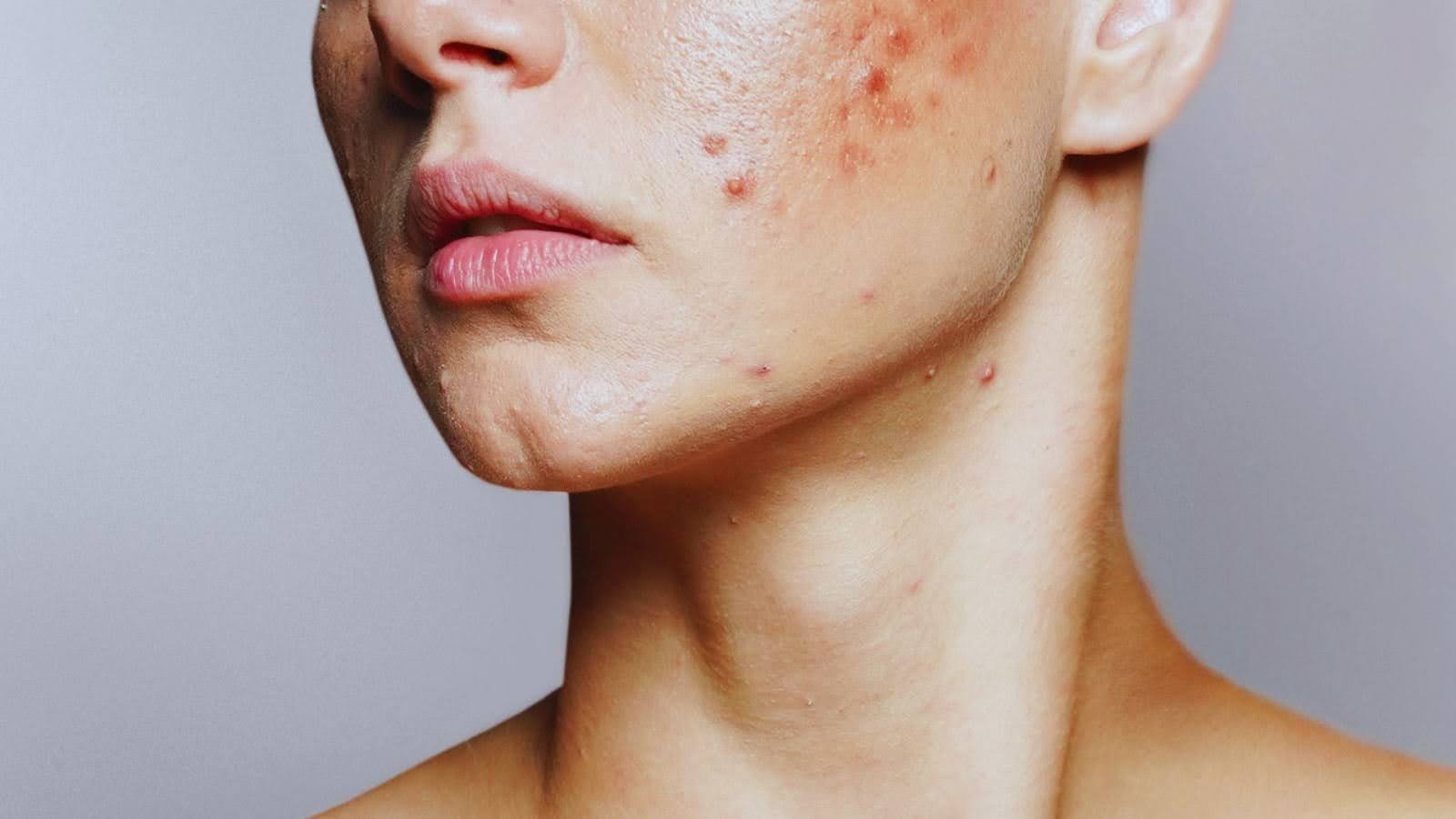
A vitamin C breakout refers to unexpected pimples or skin irritation that appears after using products with Vitamin C. This usually has nothing to do with the vitamin itself.
Not all pimples mean the same thing. Purging happens when your skin speeds up cell turnover. You’ll see small bumps in your usual breakout areas that disappear within a few weeks. True breakouts show up in random places, feel inflamed and red, and stick around for weeks or get worse.
Vitamin C works as a powerful antioxidant that protects your skin, boosts collagen, and brightens dark spots. Here’s the good news: Vitamin C itself rarely causes acne.
It doesn’t clog pores or trigger oil production. When breakouts happen, it’s usually because of other ingredients in the formula or how you’re using the product.
Causes of Vitamin C Breakouts
Understanding why breakouts happen helps you avoid them completely. Let’s look at the main culprits behind vitamin C breakouts.
Product Formulation Issues
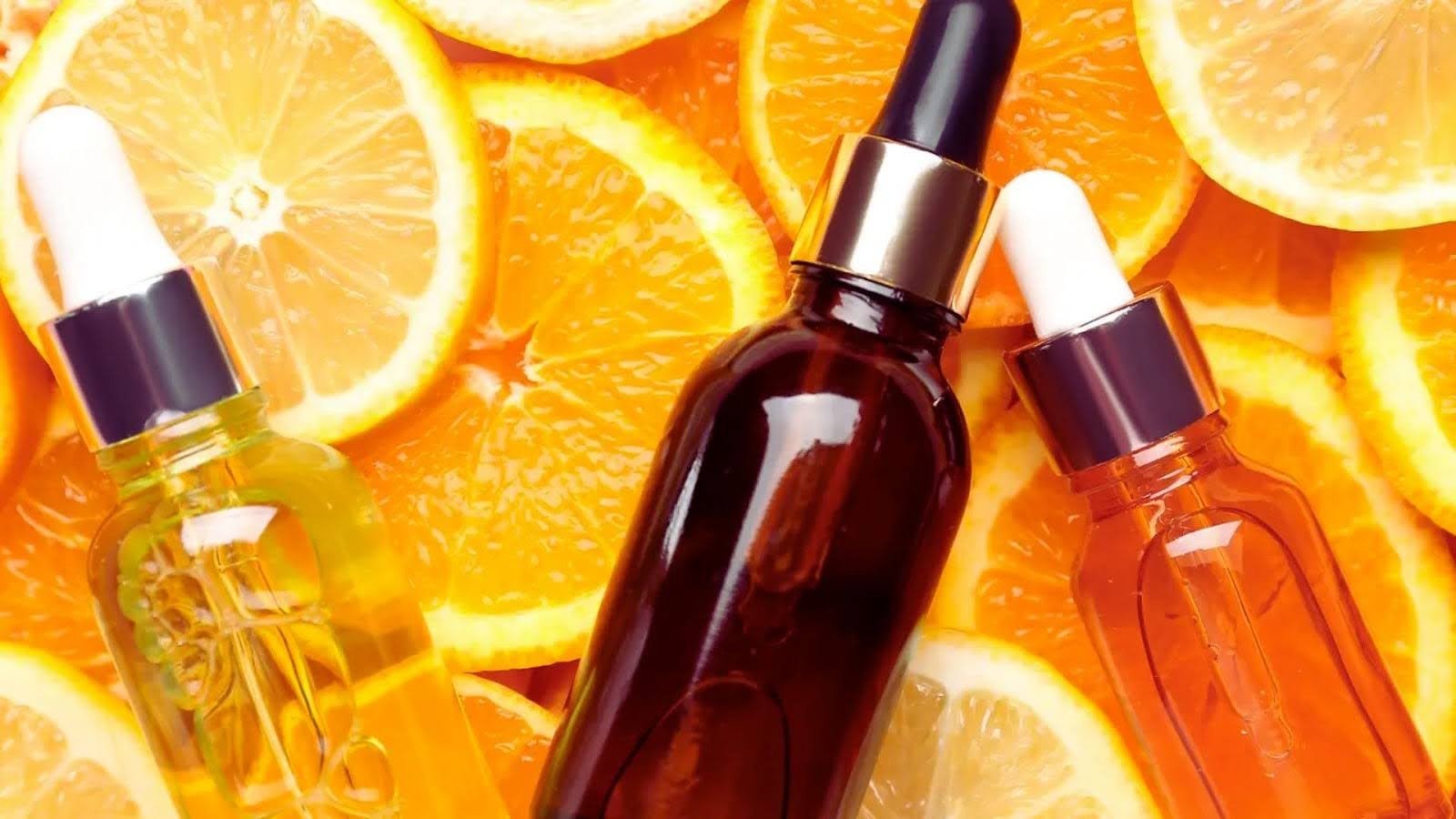
Many Vitamin C serums contain extra ingredients that cause problems. Heavy oils and silicones can trap dirt and bacteria in your pores. These ingredients feel luxurious but they’re not right for everyone.
Fragrances make products smell nice but they irritate sensitive skin. Preservatives keep products fresh but some types inflame acne-prone skin. Check your product labels carefully and avoid formulas packed with unnecessary additives.
Concentration and Form of Vitamin C
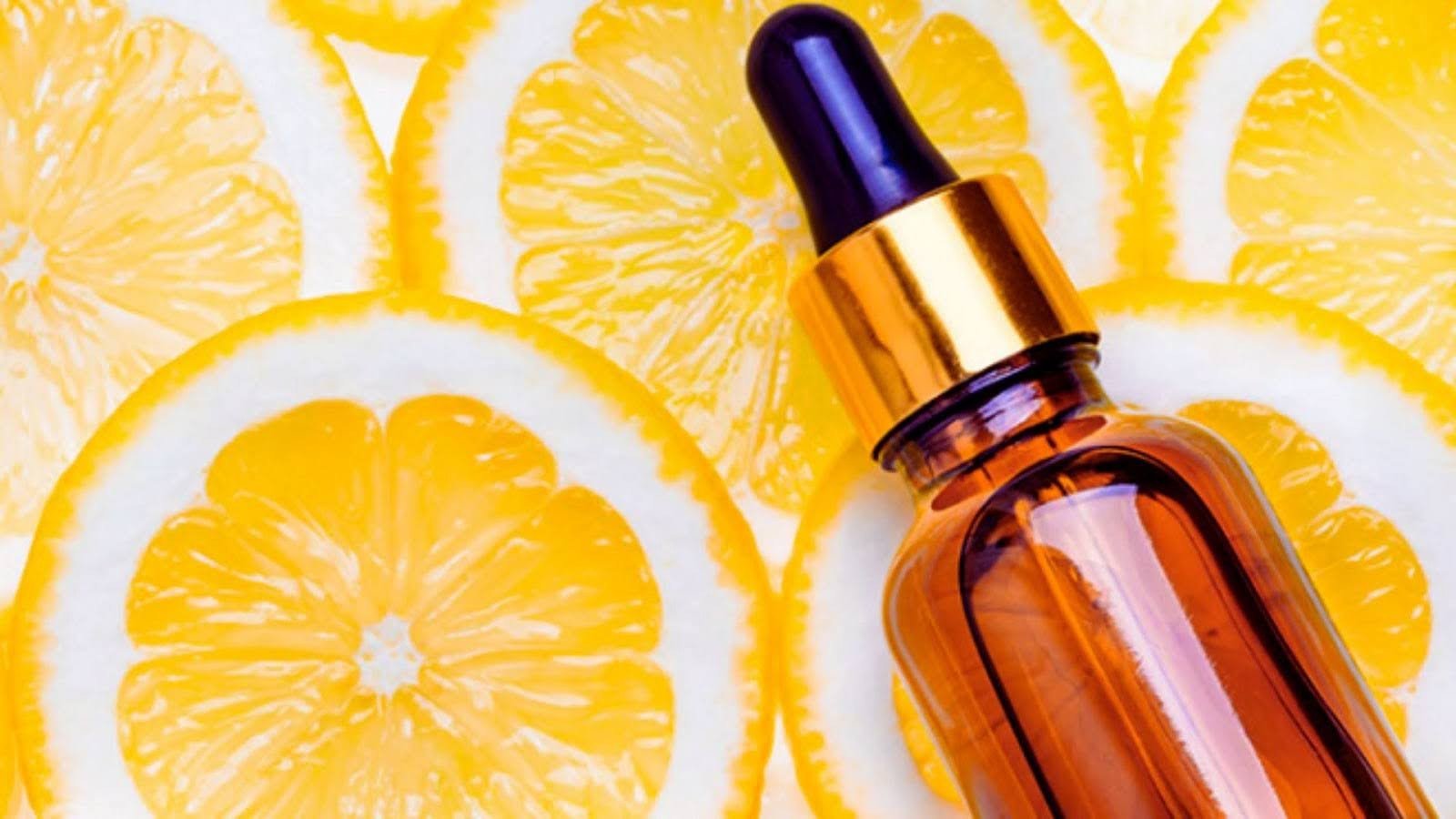
Not all Vitamin C is created equal. L-ascorbic acid is the most potent form but also the harshest. It can irritate your skin if the concentration is too high.
Gentler options include sodium ascorbyl phosphate and ascorbyl palmitate. These derivatives work more slowly but cause less irritation. They’re perfect for sensitive or reactive skin.
Using a serum with 20% Vitamin C might sound great, but high concentrations can inflame your skin. This inflammation looks like acne. Start with lower concentrations between 5% and 10% to test your tolerance.
Skin Type and Condition

Your skin type plays a huge role. Sensitive skin reacts to almost everything. Oily skin might struggle with certain formulas. Acne-prone skin needs extra caution with new ingredients.
Your skin barrier matters too. If you’ve been using harsh scrubs, strong acids, or retinoids, your barrier might be compromised. Damaged barriers let irritants in and moisture out. This makes your skin more reactive to Vitamin C and more likely to break out.
Risks Associated with Improper Use
Using Vitamin C the wrong way creates real problems for your skin. Here’s what can go wrong and how to spot the warning signs.
Irritation and Redness
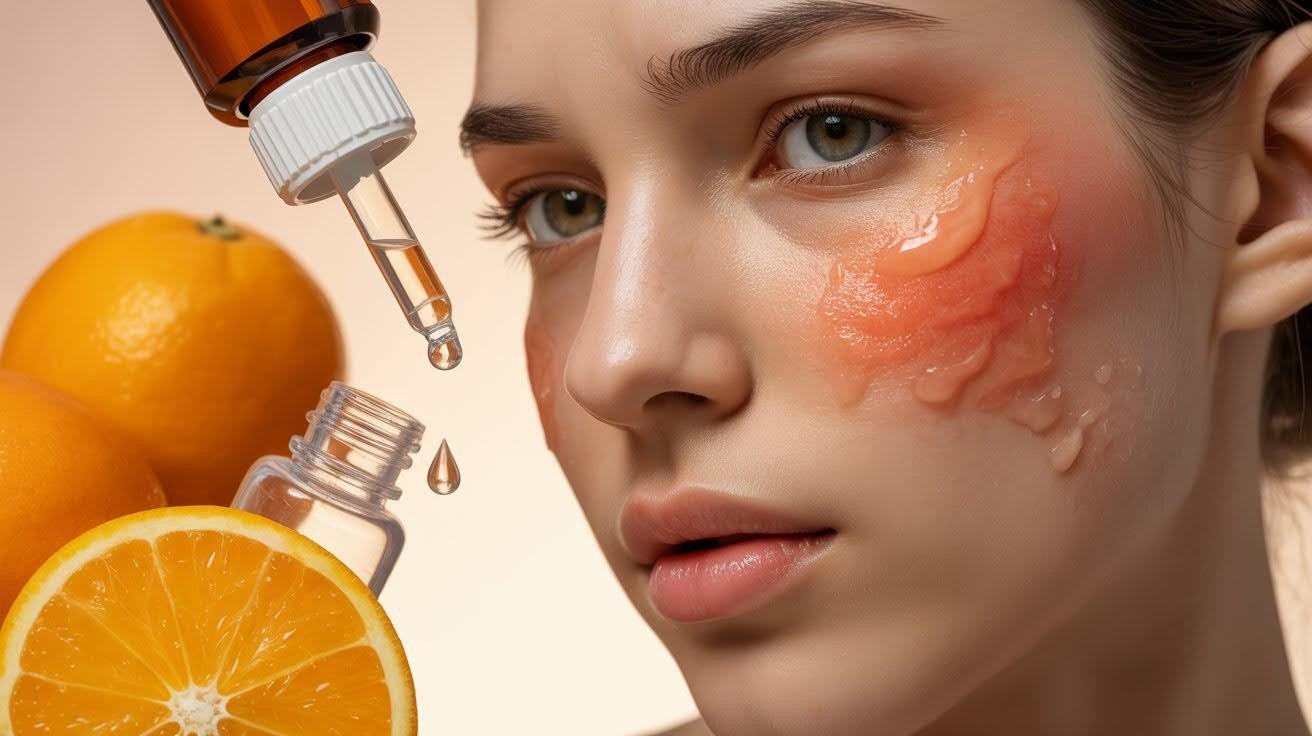
Too much Vitamin C overwhelms your skin. Your face might turn red, feel hot, or develop a rash. This gets worse when you combine Vitamin C with other strong ingredients.
Mixing Vitamin C with AHAs, BHAs, or retinoids in the same routine is asking for trouble. Each ingredient is powerful on its own. Together, they can strip your skin and cause serious irritation. This irritation often triggers breakouts as your skin tries to protect itself.
Barrier Disruption
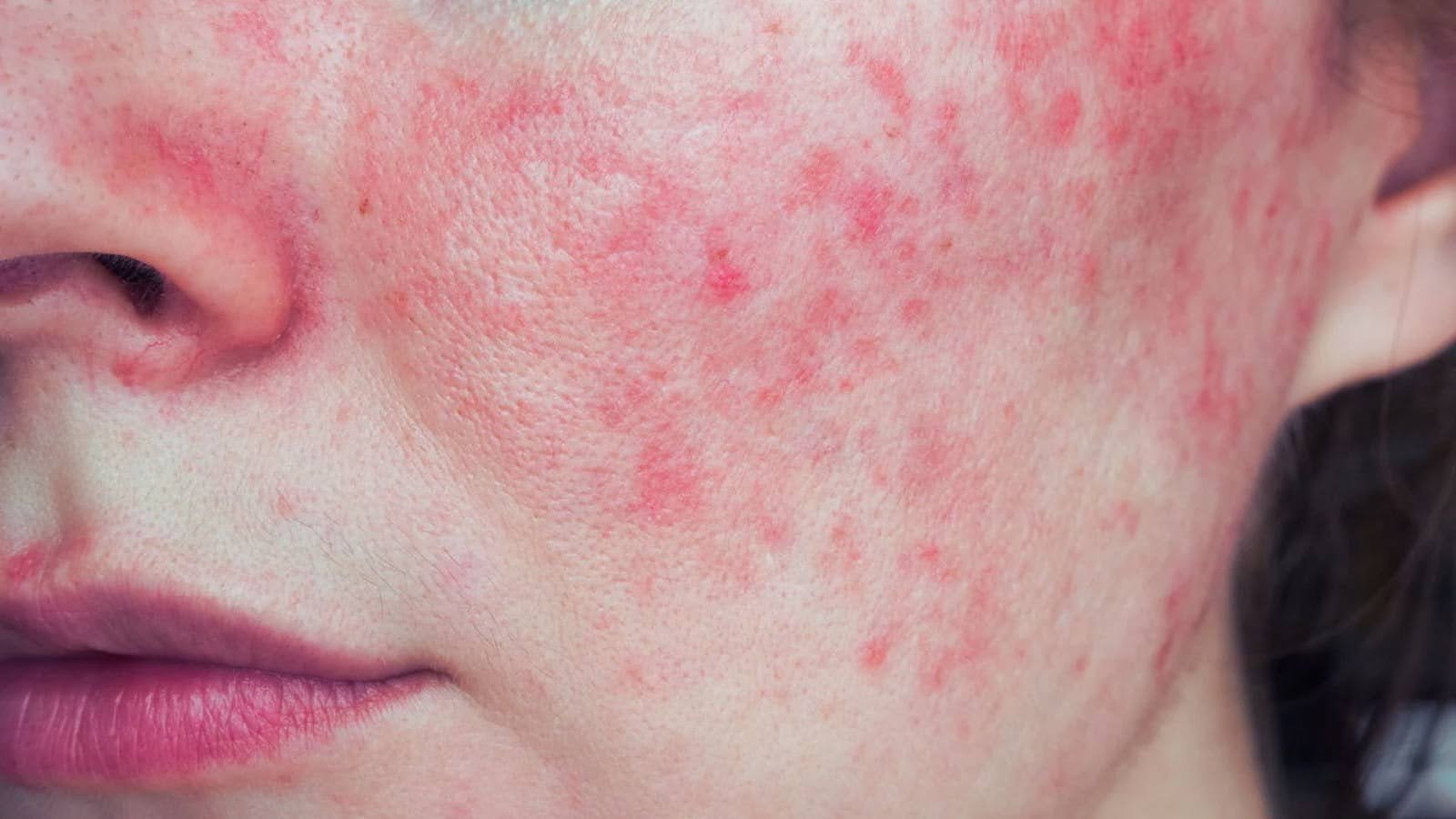
Your skin barrier is like a protective wall. Overusing Vitamin C breaks down this wall. Once compromised, your skin can’t hold moisture or keep irritants out.
A damaged barrier makes you more prone to breakouts. Bacteria gets in easily. Your skin produces extra oil to compensate for dryness. Inflammation becomes constant. All of this creates the perfect environment for acne.
Misinterpretation of Purging vs Breakout
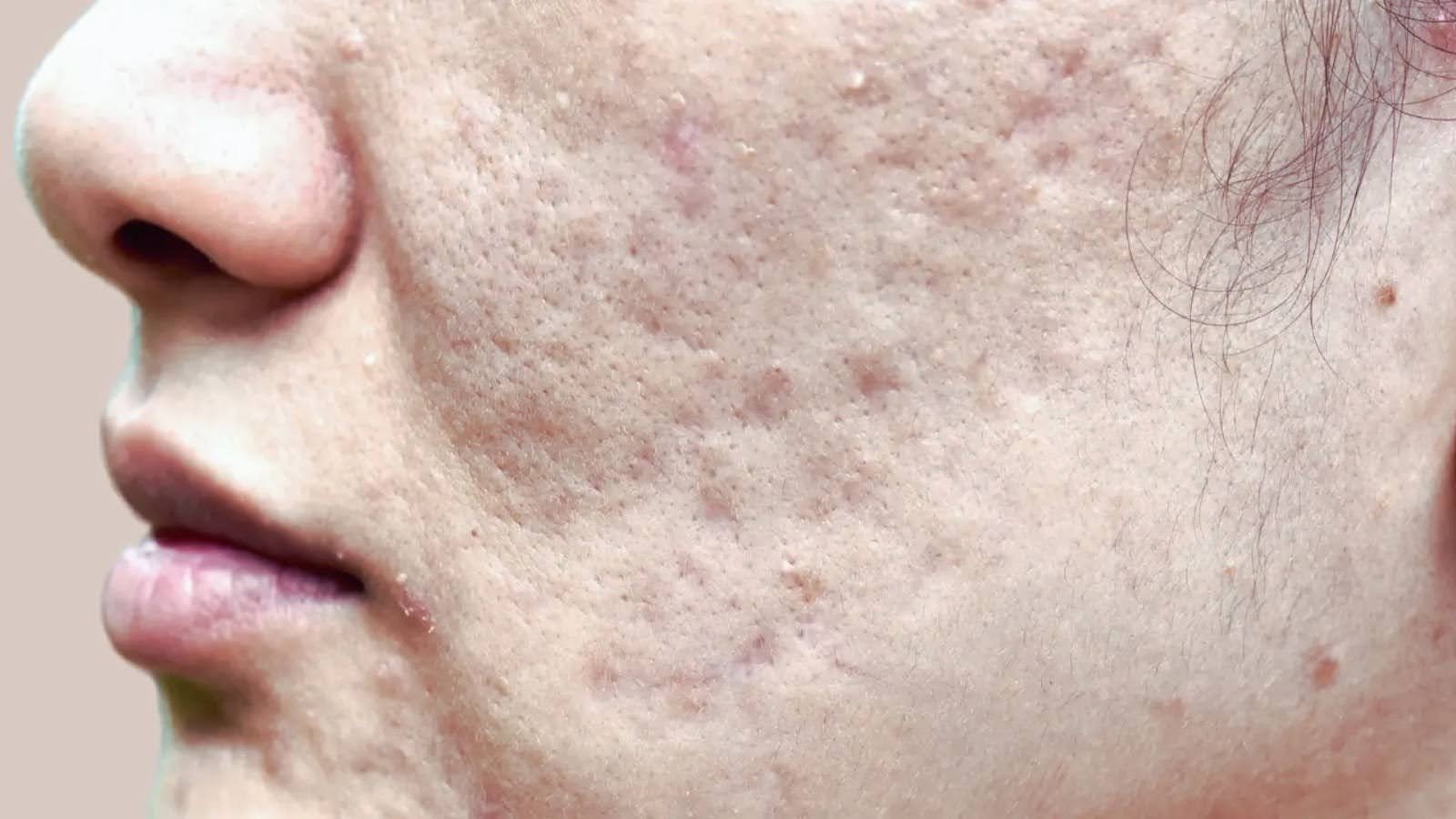
Many people confuse purging with breaking out. They keep using a product that’s actually harming their skin because they think it’s just purging.
If you don’t monitor your skin’s reaction carefully, you’ll miss important signs. What starts as mild irritation can turn into a full-blown breakout. Always track how your skin responds to new products for at least four weeks.
Personal Experiences
Real people share their Vitamin C stories. Learn from their mistakes and successes to avoid the same problems.
Sarah tried a 20% serum and developed red, painful bumps lasting six weeks. This was a true breakout. Maya used a 10% serum and noticed small whiteheads in her usual acne zones that cleared within three weeks.
This was purging. James developed closed comedones from a cream with heavy oils but cleared up after switching to a lightweight serum.
Most users succeeded by starting slow with a twice-weekly application. Switching to gentler forms like sodium ascorbyl phosphate stopped irritation immediately. Lower concentrations between 5% to 8% worked better than higher formulas.
Applying on completely dry skin reduced reactions while pushing through pain or mixing multiple activities worsened breakouts.
Scientific Explanations
High concentrations of Vitamin C irritate skin and trigger inflammation. Your skin produces extra sebum to protect itself, which mixes with dead cells and clogs pores. Strong formulas disrupt your skin barrier by altering pH levels too quickly. L-ascorbic acid has a pH around 3.5 while skin’s natural pH is 5.5.
This gap compromises your barrier, letting water escape and bacteria enter. Products with coconut oil or heavy silicones block pores. Combining Vitamin C with retinoids or AHAs makes irritation worse.
Research shows concentrations above 20% provide no extra benefits. A 2017 study found 10% to 20% brightens skin without excessive irritation. Dermatologists recommend 5% for sensitive skin. Sodium ascorbyl phosphate at 5% reduced acne by 48% in 12 weeks.
Gentler derivatives like ascorbyl glucoside cause 60% less irritation than L-ascorbic acid. Experts advise spacing activities 12 hours apart and adding one product at a time over several months for best results.
Tips to Prevent Vitamin C Breakouts
Prevention is easier than treatment. Follow these simple strategies to enjoy Vitamin C benefits without the unwanted pimples.
- Choose the right formulation. Look for stable, non-comedogenic Vitamin C products. Pick gentler derivatives if you have sensitive skin. Avoid heavy oils, thick silicones, and artificial fragrances.
- Start slowly and patch tests. Introduce Vitamin C every other day for the first two weeks. Do a patch test behind your ear first and wait 24 hours to check for irritation.
- Simplify your skincare routine. Use a gentle cleanser and simple moisturizer. Don’t layer multiple activities right away. Let your skin adjust to Vitamin C before adding other treatments.
- Use sun protection daily. Vitamin C increases sun sensitivity. Wear SPF 30 sunscreen every day as your last morning step. Reapply every two hours when outside.
- Consider alternatives if needed. Try niacinamide, azelaic acid, or alpha arbutin if Vitamin C causes problems. These offer similar brightening benefits with less irritation risk.
Conclusion
I’ve been there, staring at new breakouts and wondering if Vitamin C was worth the trouble. The truth is, vitamin C breakouts don’t have to be part of your story.
Choose the right formula, start slow, and listen to your skin. Give yourself permission to take breaks or try alternatives if needed. Your skin is unique, and finding what works takes patience.
Ready to try Vitamin C again with these tips? Drop a comment below and tell me your experience or check out our guide on building a simple routine.
Frequently Asked Questions
Can Vitamin C cause acne?
Vitamin C itself doesn’t cause acne. Breakouts usually happen from other ingredients in the formula or using too high a concentration too quickly.
How long does a vitamin C breakout last?
Purging typically clears within two to four weeks. True breakouts from irritation can last longer and may worsen if you continue using the product.
What percentage of Vitamin C is safe for beginners?
Start with 5% to 10% concentration. This lets your skin build tolerance without overwhelming it before gradually increasing to higher percentages.
Should I stop using Vitamin C if I break out?
Stop immediately if you see persistent pimples in unusual areas or severe irritation. If breakouts appear only in your usual acne zones, it might be purging.
Can I use Vitamin C with other activities?
Yes, but not at once. Introduce Vitamin C alone first. After several weeks, slowly add other activities like retinol or acids on alternating days.


